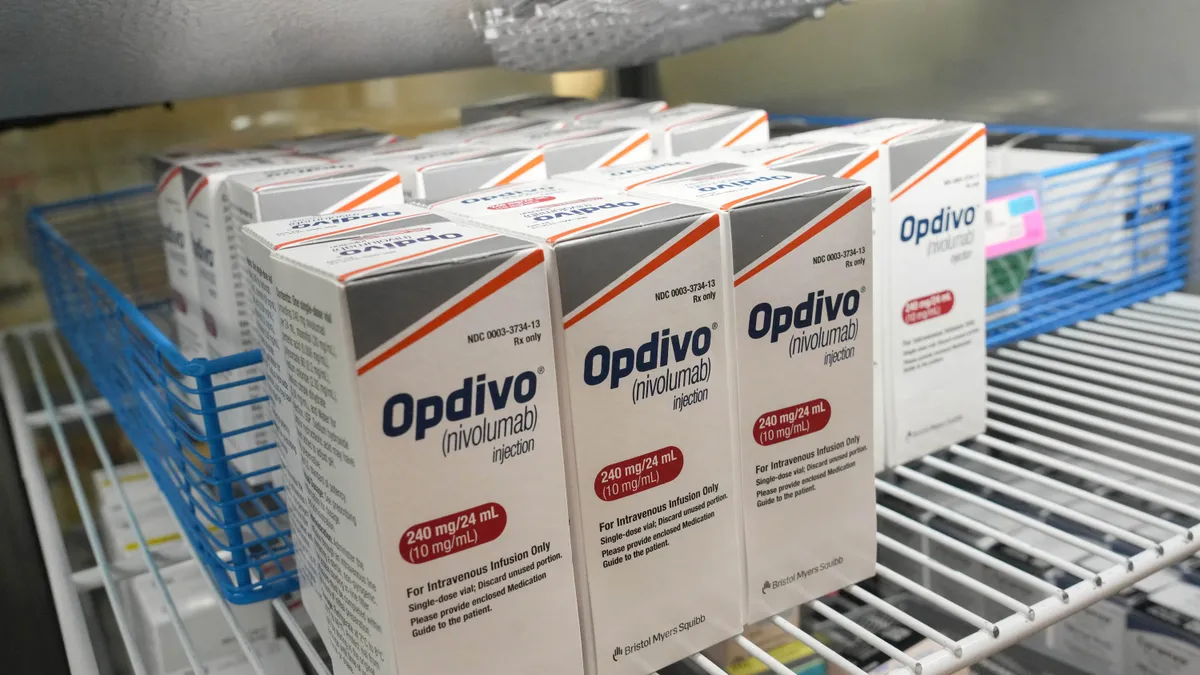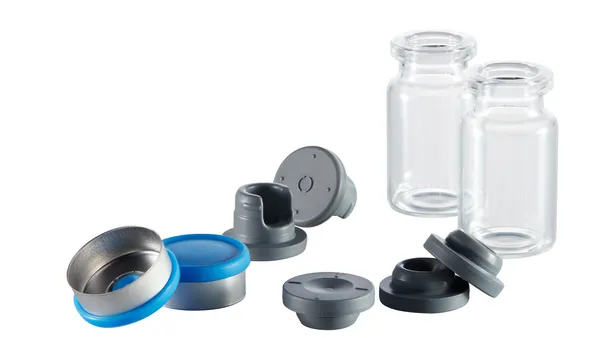With few potential blockbuster drugs in the pharma pipeline right now, drug companies are increasingly looking at other options to meet the needs of patients and increase revenue in the oral solid dosage (OSD) arena. Current areas of exploration include novel drug combinations, oral delivery of large molecules that were available only as injectables, and perhaps most interesting, drugs that carry digital, ingestible sensors that can send information directly to a physician.
“The new drug pipeline is shrinking,” says Anil Kane, PhD, Global Head of Technical and Scientific Affairs at Patheon, part of Thermo Fisher Scientific, a leading contract development and manufacturing organization. “So many companies are looking to expand their product portfolio from their existing molecules. They are looking into many different lifecycle management strategies.”
Fixed Dose Combinations
The most common strategy today, says Kane, is to expand into “fixed dose combinations.” This typically entails combining two existing molecules, resulting in a formulation that has a synergistic effect, a better safety profile, fewer side effects, or a better release profile. Some of these combinations offer a novel “multiple release” profile where, for example, one drug is formulated to be released in the stomach, where there is maximum absorption and clinical efficiency, while the other is designed to be released only in the lower GI tract. Or one portion might be released immediately, while the other is released over time.
Reformatted Injectables
Another new trend, he says, is reformulating large molecules that were previously used only as injectables, so they can be taken orally. With a new dosage form, the molecule can be protected from gastric acid, allowing patients to take it in pill form. Most people prefer pills over injections, so the new form could lead to better patient compliance.
Patient compliance issues, in fact, are driving much of the new formulation work, says Kane. “There is a lot of data showing that drugs are not effective, not because they don’t work, but because they are not taken as they are prescribed.” Drug companies are thus trying to find ways to make their drugs more appealing to patients, to increase compliance. Reducing side effects, making a drug available as an oral dose, lowering the total number of pills a patient has to take each day — all can potentially lead to better patient compliance.
Currently, it is possible to formulate some drugs so they are released over 48 hours. “But can we reduce the pill burden even further?” Kane asks. “Can we develop a once-a-week or once-a-month oral solid dose formulation?” That option is now being explored.
Digitized Drugs
The third new trend: digitized drugs. “We are definitely seeing an increased interest in digitized medicines,” again in relation to patient compliance, says Kane. These drugs contain ingestible sensors that, once inside the body, can send a signal to a skin patch, indicating that the dose was indeed taken, the identification number of the individual pill, and other data. The skin patch can also record the patient’s biometrics, such as posture, pulse rate and blood pressure, and all of the information can be uploaded to a smartphone app and shared with the patient’s physician or others. Digital sensors can also be used to track drug supply chains, to foil counterfeiters, and to avoid misuse.
“With these sensors, we’ll be able to see if drugs are getting to the correct patients, or if they are being diverted and sold on the street.” Such technology could be particularly useful in the formulation of narcotics and opioid drugs, which are all too often sold illegally. Tagging unit dosage forms such as tablets and capsules with ingestible circuits with unique identifiers — bar codes, lot number, manufacturer — can help tracking medication (beyond serialization) in the supply chain, thereby avoiding counterfeit.
Currently, only one drug with an ingestible sensor has been approved by the Food and Drug Administration: Abilify MyCite (aripiprazole tablets with sensor). But Kane predicts that pharma companies will develop many more applications of digitized medicines in coming years.
Expanding an existing portfolio with lifecycle management strategies does involve some expense, but it’s not nearly as expensive as developing an entirely new drug. “You don’t have to start from scratch,” says Kane. “The safety and efficacy of the existing drug have already been established. That forms a strong foundation for exploring potential benefits with other formulations.
“At Patheon, we know the opportunities we can leverage from these and other trends. We are happy to share these ideas with brand managers, to explore ways to expand their portfolios in a cost-effective manner that will help patients.”
Learn more about how Patheon’s dose formulations, including a variety of conventional and specialized oral solid dosage forms, could extend the lifecycle of your drug.









